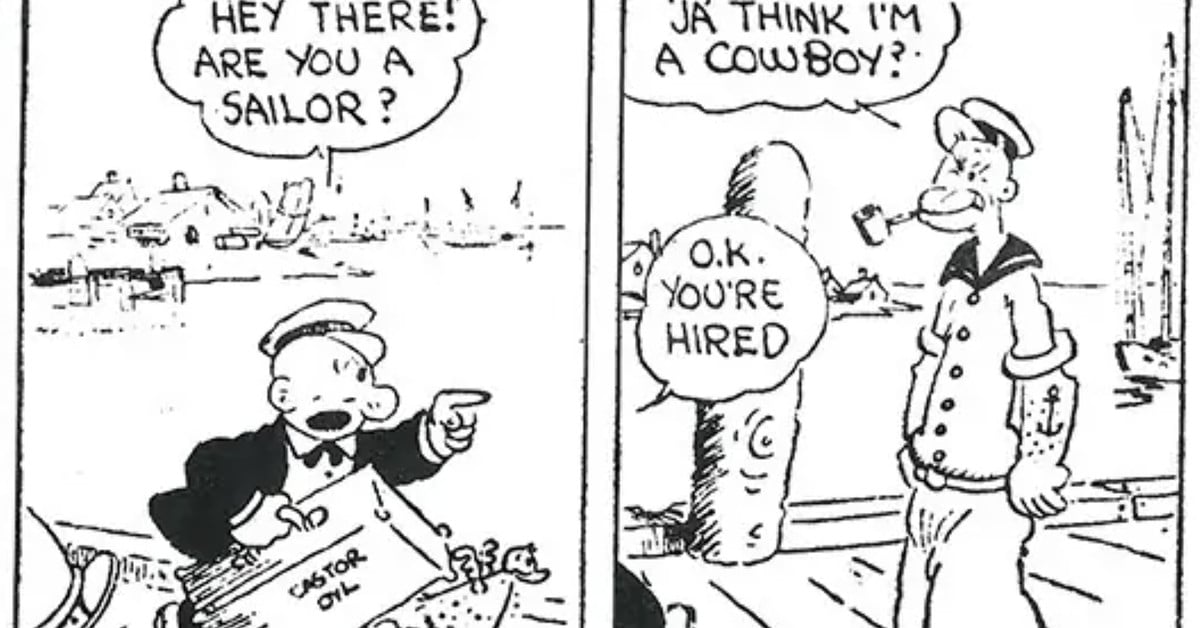Summary
As of 2025, works from 1929, including early versions of Popeye and Tintin, have entered the public domain in the U.S., allowing free reuse and adaptation.
Iconic works now public include The Skeleton Dance (Disney’s Silly Symphonies), Alfred Hitchcock’s Blackmail, William Faulkner’s The Sound and the Fury, Agatha Christie’s Seven Dials Mystery, and Virginia Woolf’s A Room of One’s Own.
However, Tintin remains under copyright in the EU until 2054.
This follows recent public domain entries like Steamboat Willie-era Mickey Mouse in 2024, with Betty Boop and Pluto set to join in 2026.



But both almost certainly trademarked. Trademarks must be defended, but as long as they are, they do not expire.
Edit: I’m happier that this is now public domain:
It’s ok…I am only training my AI model on their data, it’s not theft or whatever…it’s just training ai
I wonder how a legal case about AI violating trademark would go since that’s a totally different set of laws…
Trademarks are probably easier to filter out matches than copyrighted works, due to the relatively few number of them and restrictiveness of trademark protections.
Are you a poor? You can’t just do that if you’re a poor. Tssk tssk.
True, but the use case of a trademark is also different. Simply titling your work Popeye and featuring a spinach-less Popeye as a main character should be fine (spinach as a super-serum is a still a few years away from entering the public domain). You wouldn’t want to do something like name your studio after him or try to use him for a brand of cereal or something, but even Disney has had to be careful not to go overboard with Steamboat Willie derivative works despite obviously putting him on the Disney Animation title-card to get some trademark protection. Basically, it will be hard to fully commercialize these characters if you aren’t already the one legally entitled to do so, but creators can use the public domain versions even if the trademarks are still actively in use.
A trademark is just a symbol used to show something was made by a certain entity. They aren’t about the things themselves.
Eg the Nintendo logo is a trademark but the characters like Mario, Link, and Sonic aren’t.
Though it can get a bit fuzzy when characters are used as trademarks, Nintendo couldn’t just say “Mario is our spokesman” to gain indefinite protection on him. But, even if Mario wasn’t covered by copyright, someone else couldn’t use him to act as if Nintendo endorsed their product.
Sounds like Nintendo might disagree with you…
https://www.nintendo.com/en-gb/Legal-information/Nintendo-s-Anti-Piracy-Programme/Anti-Piracy-and-Legal-Frequently-Asked-Questions/What-are-Trademarks-/What-are-Trademarks-732161.html
Especially when a character is a form of logo.
Not sure where anything in that link contradicts what I said. A character used in a logo is one of those cases where a character is used as a trademark, but it only applies to that logo. Having a trademark of a Mario logo wouldn’t mean that Mario couldn’t show up in works that aren’t by Nintendo, it’s purely the copyright that prevents that.
The part where it gets complicated is more about, for example, a video of Mario playing Palworld and saying “This is-a better than-a pokemon!” was used to try to imply Nintendo themselves recommended Palworld over Pokemon, since Mario is a trademark of Nintendo and strongly associated with them.
Trademarks are about marketing and the origin and/or endorsement of something. Copyrights are about the presentation and creative use of the copyrighted works.
That said, if trademarks are used in the creative work, it seems as though they would need to be removed for someone else to sell that work. So if steamboat Willie has the Disney logo as a part of its opening credits and someone else tries to show it without removing that logo, Disney world likely have a trademark infringement case. But they wouldn’t have a case simply because Mickey mouse could be considered they spokesman and is a character in it.
For the Nintendo ones, once super Mario Bros’ copyright lapses, “Super Mario” might need to be removed from the title for others to sell it to avoid infringing on Nintendo’s trademark. But the characters of Mario, Luigi, Mushroom Man, King Koopa, and the Princess would be fair game, either in the game’s original format or derivative works.